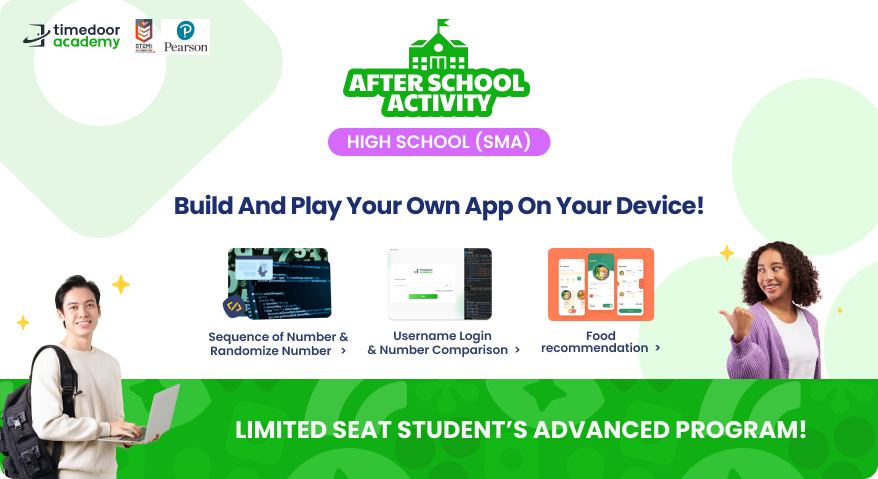How to Choose a College Major: Why IT Major Is One of the Best Options in 2025
Deciding on how to choose a college major is one of the most important decisions for any student. The major you pick can shape your future career, skills, and opportunities. With so many options available, it can feel overwhelming to decide which path to take. Among the many fields, an IT major (Information Technology) stands out as a strong choice for students looking to enter a fast-growing, dynamic industry with global opportunities. This article will help you understand why an IT major could be the right fit and offer tips on how to choose a college major wisely.
Why Choosing the Right College Major Matters

Deciding on how to choose a college major is more than just picking a subject to study. It determines the skills you will develop, the network you build, and the kind of career path you might follow. A well-chosen major aligns with your interests and the demands of the job market, giving you a better chance at success after graduation.
Many students struggle with this choice because they want to balance passion with practicality. You want to enjoy what you study but also ensure that your skills will be valuable in the real world. Understanding the current and future job market trends can guide you to make an informed decision.
Why Consider an IT Major?

- High Demand and Job Security
The IT industry is growing rapidly worldwide. Businesses, governments, and organizations of all sizes rely on IT professionals to maintain systems, secure data, and develop new technologies. Roles like software developer, network administrator, cybersecurity analyst, and data scientist are in high demand and expected to grow for years to come. - Versatile Skills Applicable Across Industries
An IT major equips you with technical skills that apply in various sectors such as healthcare, finance, education, entertainment, and more. Whether you want to build apps, manage cloud infrastructure, or analyze big data, the skills from an IT major open doors in many fields. - Attractive Salaries and Career Growth
Because of the specialized skills required, IT careers often come with competitive salaries. Plus, the tech industry is known for offering career advancement opportunities, certifications, and the chance to work in innovative environments. - Continuous Learning and Innovation
IT is an ever-evolving field. If you enjoy learning new technologies and solving problems creatively, an IT major offers a dynamic and stimulating career path.
Tips for How to Choose a College Major

- Assess Your Interests and Strengths
Think about what subjects excite you and where your skills lie. Passion combined with aptitude often leads to success. - Research Job Market Trends
Look into which majors have strong job prospects both locally and globally. The IT field, for example, shows consistent growth worldwide. - Consider Your Long-Term Goals
Where do you see yourself in 5 or 10 years? Choose a major that aligns with your vision. - Talk to Professionals and Alumni
Connect with people who have studied or work in your fields of interest to get real-world insights. - Explore Related Courses or Workshops
Try online courses, coding bootcamps, or workshops in IT or other areas you’re curious about. This can help you get a feel for what you like.
How Online Learning Can Boost Your IT Journey

Choosing an IT major doesn’t mean you only learn in classrooms. Many successful IT professionals supplement their studies with online courses and coding bootcamps. Platforms like Timedoor Academy offer interactive and beginner-friendly coding classes that can help you build practical skills alongside your college education.
Timedoor also provides free trial classes, so you can explore if coding and IT are right for you before fully committing. This kind of hands-on experience can give you an edge when entering the job market.
Making an Informed Choice
How to choose a college major is a question many students face. By reflecting on your interests, researching industries, and exploring fields like IT major, you can make a choice that benefits both your passion and career prospects.

Ingin tahu detail program?
If you’re leaning towards technology and innovation, an IT major is definitely worth considering. And remember, learning doesn’t stop with your degree. Using resources like Timedoor Academy to build real skills can set you up for success in the competitive global job market.
Start your learning journey today with a free trial class and see where IT can take you!